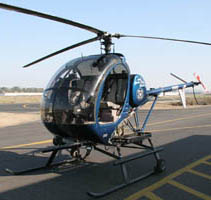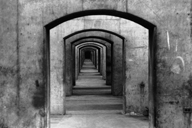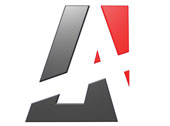In 1985 Mr. Mendoza received a BS in Mechanical Engineering from the University of Texas at El Paso and began working as an engineer on the B1 Bomber for Rockwell International in El Paso Texas. In 1987 Mr. Mendoza moved to Northern California and started working on the P3 Orion, S3 Viking, and A6 Intruder at Naval Air Station Alameda. As a mechanical design engineer, Mr. Mendoza received extensive training and experience in 3D Computer Aided Design and Finite Element Analysis. Mr. Mendozaís software proficiency includes Computer Vision, AutoCad, Ansys, Algor, Working Model and 3D Studio Max.
As part of the design and development process Mr. Mendoza gave presentations to key naval officers and engineers in order to secure funding for prototyping, testing and production. A major challenge of the project was how to show detailed Acad drawings, Finite Element models and engineering reports containing complex Finite Element Analysis results to naval officers. The solution came in the form of 3D Computer Animation. Mr. Mendoza was able to clearly show in 3D what the model looked like and where stress and temperature levels were critical.
On April 5, 1994, a fatal A-6 Intruder accident occurred involving Lt. Cmdr. Randall E. McNally II and Lt. Cmdr. Brian McMahon. The jet went down during routine touch and go landings at Naval Air Station Alameda. Mr. Mendoza worked with Naval Accident investigators to recreate the accident. First Mr. Mendoza constructed a detailed computer model of the A-6 intruder and then using existing survey data of Naval Air Station Alameda he built a computer model of the base. Next, Mr. Mendoza used telemetric data from a radar station located in the San Francisco Bay to animate the jetís final flight. After viewing the animation of the accident and understanding the value it added to the investigation, Mr. Mendoza made the decision to offer 3D Animation services to civilian accident reconstructionists.
Jorge Mendoza and Donna Bevan established Litigation Animation, Inc. (LAI) in 1994. LAI is located in the Silicon Valley where they utilize state-of-the-art technology to produce some of the countries most compelling forensic animation. Having a working association with experts in photography, accident reconstruction, human factors, biomechanics and the vision sciences, they use cutting edge computer networks and software to push the envelope in courtroom presentation technology.
The computers' ability to render and animate three-dimensional scenes at 30 frames per second (up to 4800 frames per second for explosions) is the core reason the computer is such a valuable and powerful tool in the visual sciences. Computer animation picks up where static graphics leave off. Capable of conveying velocity, acceleration, inertial effects and material properties, computer animation is extremely effective at communicating complex data, issues and events. The computer software has the ability to produce images from DVD resolution of 720 x 480 to HD resolution 1920 x 1080 and beyond.
When asked to become part of the trial team, LAI meets with the trial attorneys and experts to discuss critical issues, experts' opinions and case strategy. LAI works closely with experts to satisfy the demands of laying the proper evidentiary foundation.
The goal of LAI is to attain a high level of technical understanding for each case. They evaluate information for relevance, foundation and admissibility. From a visual science standpoint, they are analyzing spatial temporal relationships to define the visual essence of the information and insure that events are recorded accurately in time and space.
LAI engineers 3D mathematical computer models that are driven by the expertsí simulation data, 3D survey data, eyewitness testimony, and physical evidence gathered from the scene. These accurate 3D computer models are used to determine lines of sight, objects positions and size. LAI pioneers new and innovative techniques to insure that the motion, survey and photogrammetric data is not only accurate, but also dramatic and compelling.
Accident photographs are engineered into three-dimensional models using computer photogrammetry. The three-dimensional scene can now be measured. Computer cameras can also be placed anywhere in the scene to view lines of sight and obstructions. Accident video is also engineered into a three-dimensional scene where velocity and acceleration can now be calculated.
LAI thoroughly understands the process of producing forensic animation that accurately reflects the hard data provided by experts in a variety of disciplines. Motion data is imported directly into high-resolution computer models for animation. Survey and photogrammetric data is also directly input into the computer for accurate and compelling reconstruction of an accident scene.
Allow LAI to analyze an opponent's animation or video for technical accuracy. They have the engineering and animation expertise to analyze most animation or video programs available today. By verifying the accuracy of dimensions, velocities, accelerations and photogrammetry, LAI can determine how much an animation deviates from the hard data. Inappropriate tolerances, math errors, bad dimensions, and sloppy key framing are just a few reasons that animation can contaminate and skew the hard data.
At Litigation Animation, Inc. they use the appropriate blend of 3D computer animation, video and photography to insure the best visual solution to fit a clients' needs, format and budget. Allow them to assist you with your entire case by developing the most cost-effective and time-efficient solution from first concept to final presentation.
Their clients are able to quickly deliver critical evidentiary points in a clear and decisive manner. Repeat clients don't just ask LAI to produce a video/animation that visualizes a technical scenario, but to produce video/animation to help understand the strengths and weaknesses in their case.
Permit Litigation Animation, Inc. to bring your experts' data to life in a seamless visual format that is clearly and easily understood. View and evaluate the critical issues of your case so that you can effectively plan and build your case strategy.
Litigation Animation Inc. is normally retained when the accident scene has changed and only accident photos remain or the physics based simulation requires the context of the environment to help understand what other elements were a critical factor in the accident. If you have a strong case we will make it stronger.
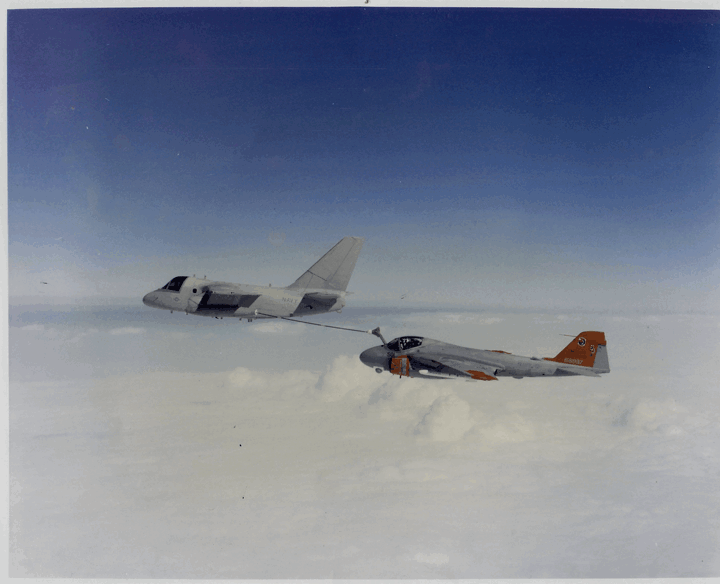
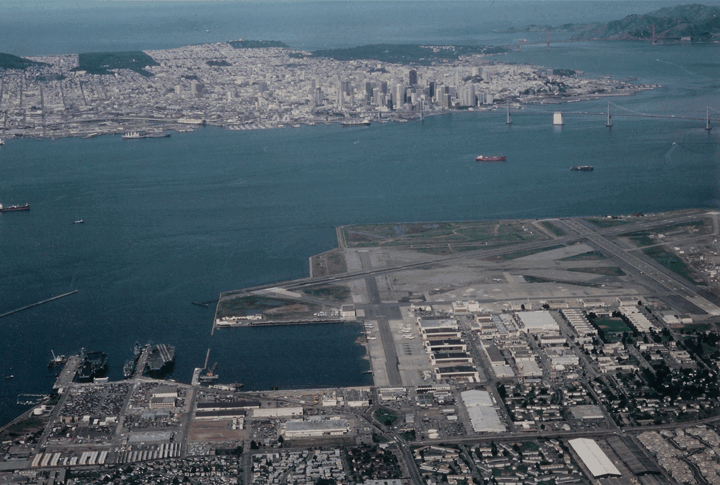
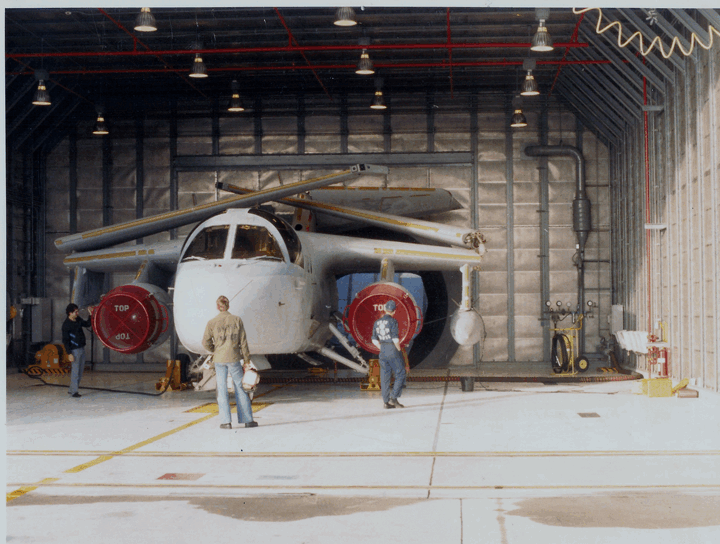
Before Litigation Animation, Inc. Mr. Mendoza worked as a Mechanical Engineer for Rockwell International then at Naval Air Station Alameda where he gained extensive experience in Finite Element Analysis, Mechanical Simulation and Computer Animation. Mr. Mendozaís first forensic animation involved an A-6 Intruder that crashed into the San Franscisco Bay.
Here is Mr. Mendoza checking welds on his jet inlet screen design, before going to full military power on a S-3 Viking jet engine.
Naval Air Station Alameda with San Francisco in background.
S-3 Viking refueling A-6 Intruder
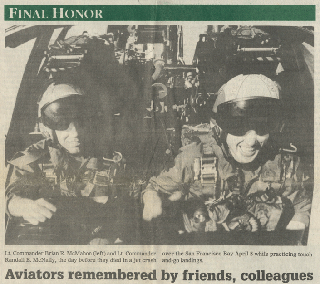
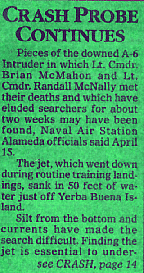
About Us
Finite Element Models
|
| |||||||||||||||||||||||||||||||||||||||||||||||||||||||||||||||||||||||||||||||||||||||||||||||||||||||||
|
| |||||||||||||||||||||||||||||||||||||||||||||||||||||||||||||||||||||||||||||||||||||||||||||||||||||||||
|
| |||||||||||||||||||||||||||||||||||||||||||||||||||||||||||||||||||||||||||||||||||||||||||||||||||||||||
|
| |||||||||||||||||||||||||||||||||||||||||||||||||||||||||||||||||||||||||||||||||||||||||||||||||||||||||
|
|
© Copyright 1995-2017 by Litigation Animation, Inc. All Rights Reserved
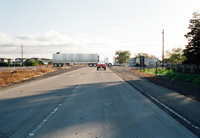
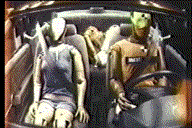
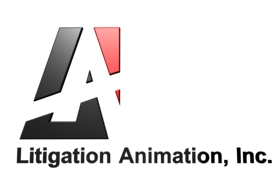
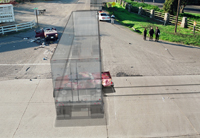
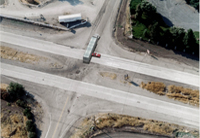

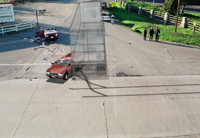
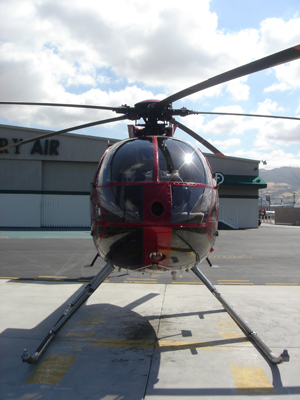

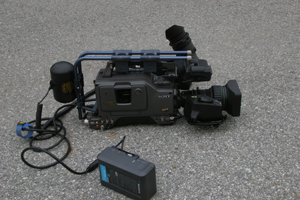

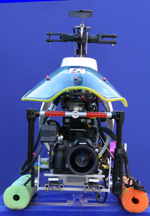
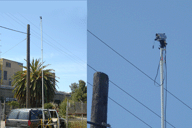
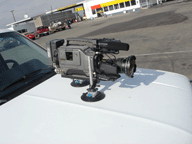
Forensic Animation Services
© Copyright1995-2017 by Litigation Animation, Inc. All Rights Reserved
